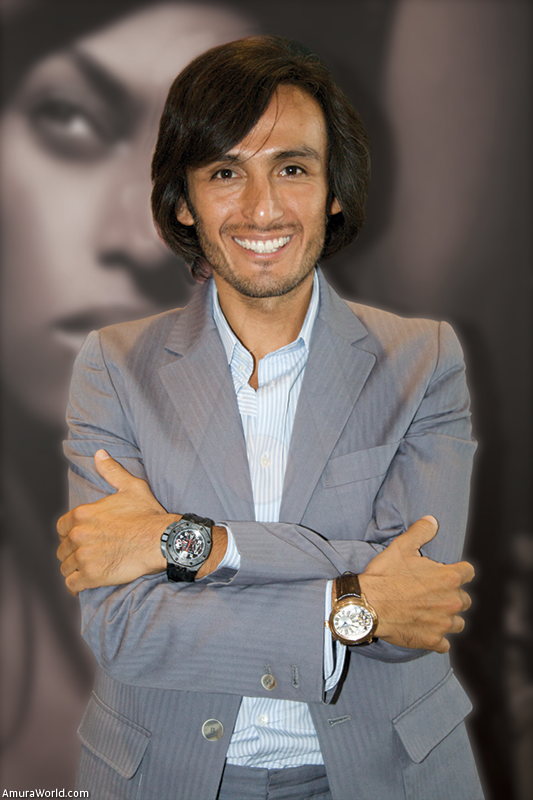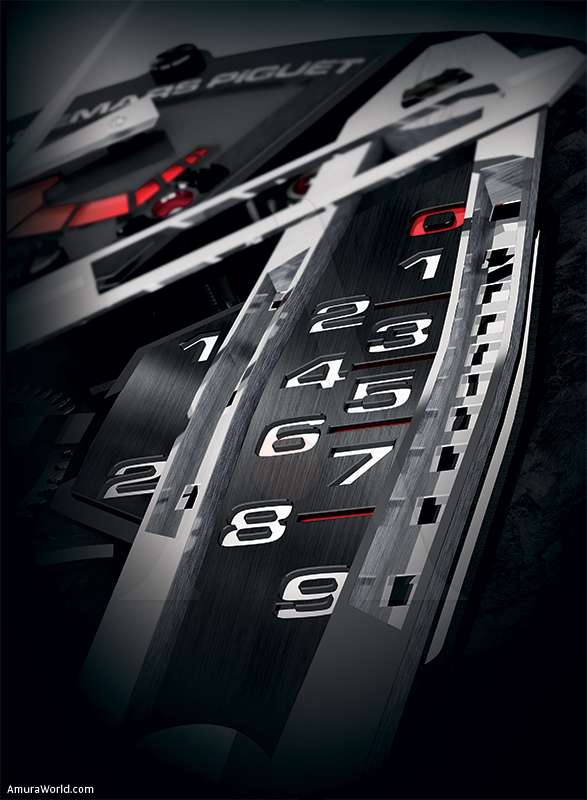Presicion Design
How did you get into the world of Horlogerie?
I started in 1993 with Omega until 1998. Then, in 2003 with Audemars Piguet as a Design Manager, and a year after that I got the job for Artistic Director. This means that aside from working with the product and the corporate design, I also help with the brand’s communications.
What did you study?
Industrial Design in Switzerland, and wasn’t very aware of the Horlogerie industry. It was until I arrived to school in Switzerland that I was exposed to the Horlogerie Industry.
Where do your designs come from, what’s your basis?
There are many factors: commercial, like our work with Maserati, directly inspired by the cars. There are market factors that have special and specific needs like Japan and China, that’s more of a commercial work. And there are also artistic factors like our work with Barriquelo and Montoya, being once again car inspired with exotic materials, this kind of work is very visual and stylish.
You have designed for both Omega and Audemars, which are two very different brands. What differences do you see design wise, and how was the change from Omega to Audemars for you?
I think that both brands have very strong and Iconic products. And in both cases they are brands with an incredible story. And it was basically a scaled and likes decision for me, since Omega has done much more than Audemars.
What are the new tendencies that are coming for Audemars?
We are intensively working on the feminine co-llections, especially with the Millenary collection. But at the same time it’s very interesting that this collection goes perfectly for our complications exercises. One strong tendency that we have, is all the work that I do with Guiles Papi, our engineer, and it’s with him that I apply the art of design not only to the exterior frames, but also to all the movement and that is very interesting, it’s a new incredible world.
What determines a tendency in watch designs? Is it fashion? Availability? New Materials? How are these tendencies created?
I like to think that here in Audemars Piguet it’s not about fashion; our projects are long term developments. It’s something that we are not going to use just once, it will be used forever. That is the exclusiveness that gives us strength.
Pink gold just passed ceramics, rubber, carbon fiber, what do you think will come next in Haute Horlogerie?
I think steel will come back strong, with compliments of other prestigious materials.
What has been you favorite creation and why?
I have two very significant creations for me; the first one is my work with Jules. Once again, it’s not just the outer frame design but our collaboration on the movement. And the second one is my work with the new 15 300 watch since it is very hard to just chance something so Iconic.
How do you accomplish that an Haute Horlogerie time piece with so much exposed machinery still looks beautiful?
I think it’s the opening of the spirit that Jules has in giving me the opportunity to modify, confi-gure and try new things with his technique. And that collaboration makes magic.
You having a Latin origin, how do you see the market of Haute Horlogerie in Mexico and Latin America?
Incredible, I think there’s a lot of potential. It’s a very mature market with people that know much about Haute Horlogerie, and that tells me that there’s great potential in Mexico.
Text: Enrique Rosas ± Photo: Rodrigo Hernández, Cortesía Audemars Pihuet.


